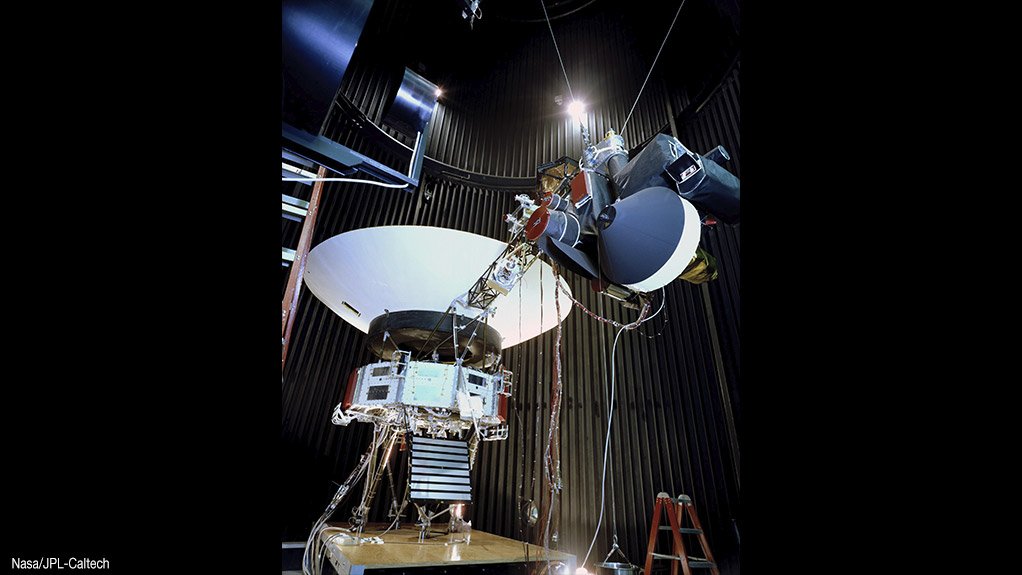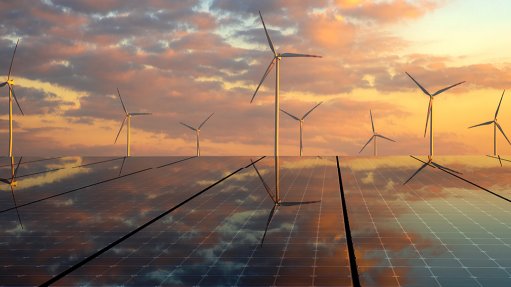Nasa engineers find way to keep Voyager 2 interstellar probe fully operational


The Voyager proof test model, identical to both spacefaring Voyagers, in a space simulation chamber at JPL in 1977; in the right foreground several of the science instruments can be seen, mounted on the ‘scan platform’ at the end of the boom
Photo by Nasa/JPL-Caltech
US National Aeronautics and Space Administration (Nasa) engineers have worked out a way to keep what is now the interstellar probe Voyager 2 fully operational for another three years. Voyager 2, and its sister, Voyage 1, were designed and built to survey the gas giant planets of the outer Solar System, but subsequently became the first human spacecraft to enter interstellar space while still operational, and they continue to transmit scientific data back to Earth.
Voyager 2 was launched in 1977, surveyed Jupiter, Saturn, Uranus and Neptune (and remains the only space probe to have visited the last two worlds) and passed through the heliopause, into interstellar space, in 2018. (The Solar System is surrounded by a ‘bubble’ of particles and magnetic fields produced by the Sun, which protect its planets, including the Earth, from energetic particles and other radiation in interstellar space. This bubble is called the heliosphere; the heliopause is the boundary zone of the heliosphere.) The spacecraft is now more than 20-billion kilometres from Earth.
Voyager 2 has five science instruments studying interstellar space. Declining power generating capacity meant that the mission scientists were facing the apparent necessity of having to turn one of these instruments off, this year, to keep the other four running. “The science data that the Voyagers are returning gets more valuable the farther away from the Sun they go, so we are definitely interested in keeping as many science instruments operating as long as possible,” highlighted Nasa Jet Propulsion Laboratory (JPL) Voyager project scientist Dr Linda Spilker.
The Voyagers are powered by radioisotope thermoelectric generators (RTG). These, in the case of the Voyagers, use the heat produced by the decay of plutonium to generate electricity. Because, by definition, the plutonium decays over time, the amount of energy produced by the RTG declines over time. Over the decades, mission engineers have been extending the probe’s operational life by turning off heaters and other systems that were no longer needed or were not essential to its operation. (For example, its cameras were shut down after its fly-by of Neptune, as they no longer had any function, and the camera software deleted from the spacecraft’s computer, to save energy.) But the decline in power generation had reached the point at which it seemed that a scientific instrument would also have to be switched off.
However, the mission engineers realised there was another option. The spacecraft has a safety mechanism, which protects its instruments from surges or dips in the flow of electricity (voltage) that powers them. Such changes in voltage could damage the instruments. This safety mechanism involves a backup circuit, which can be activated by a voltage regulator, should there be a fluctuation in the power supply. This circuit can access a small quantity of power from the RTG. That power quantity has hitherto been reserved for this backup circuit. Now this power is no longer being reserved, but is being used to keep all five science instruments operating.
“Variable voltages pose a risk to the instruments, but we’ve determined that it’s a small risk, and the alternative offers a big reward of being able to keep the science instruments turned on longer,” explained JPL Voyager project manager Suzanne Dodd. “We’ve been monitoring the spacecraft for a few weeks, and it seems like this new approach is working.”
Now, the question of which science instrument to shut down, to save energy, will only have to be faced in 2026. This problem has not arisen with Voyager 1 (which entered interstellar space in 2012, having visited only Jupiter and Saturn), as one of its science instruments failed early in its mission, so it has been running only four instruments for decades now, meaning it has greater power reserves. But, if the energy-boosting adjustment for Voyager 2 works well, it might also be adopted for Voyager 1.
The two Voyagers were each intended to operate for four years, but they have now been operating for 46 years.
Comments
Announcements
What's On
Subscribe to improve your user experience...
Option 1 (equivalent of R125 a month):
Receive a weekly copy of Creamer Media's Engineering News & Mining Weekly magazine
(print copy for those in South Africa and e-magazine for those outside of South Africa)
Receive daily email newsletters
Access to full search results
Access archive of magazine back copies
Access to Projects in Progress
Access to ONE Research Report of your choice in PDF format
Option 2 (equivalent of R375 a month):
All benefits from Option 1
PLUS
Access to Creamer Media's Research Channel Africa for ALL Research Reports, in PDF format, on various industrial and mining sectors
including Electricity; Water; Energy Transition; Hydrogen; Roads, Rail and Ports; Coal; Gold; Platinum; Battery Metals; etc.
Already a subscriber?
Forgotten your password?
Receive weekly copy of Creamer Media's Engineering News & Mining Weekly magazine (print copy for those in South Africa and e-magazine for those outside of South Africa)
➕
Recieve daily email newsletters
➕
Access to full search results
➕
Access archive of magazine back copies
➕
Access to Projects in Progress
➕
Access to ONE Research Report of your choice in PDF format
RESEARCH CHANNEL AFRICA
R4500 (equivalent of R375 a month)
SUBSCRIBEAll benefits from Option 1
➕
Access to Creamer Media's Research Channel Africa for ALL Research Reports on various industrial and mining sectors, in PDF format, including on:
Electricity
➕
Water
➕
Energy Transition
➕
Hydrogen
➕
Roads, Rail and Ports
➕
Coal
➕
Gold
➕
Platinum
➕
Battery Metals
➕
etc.
Receive all benefits from Option 1 or Option 2 delivered to numerous people at your company
➕
Multiple User names and Passwords for simultaneous log-ins
➕
Intranet integration access to all in your organisation



















